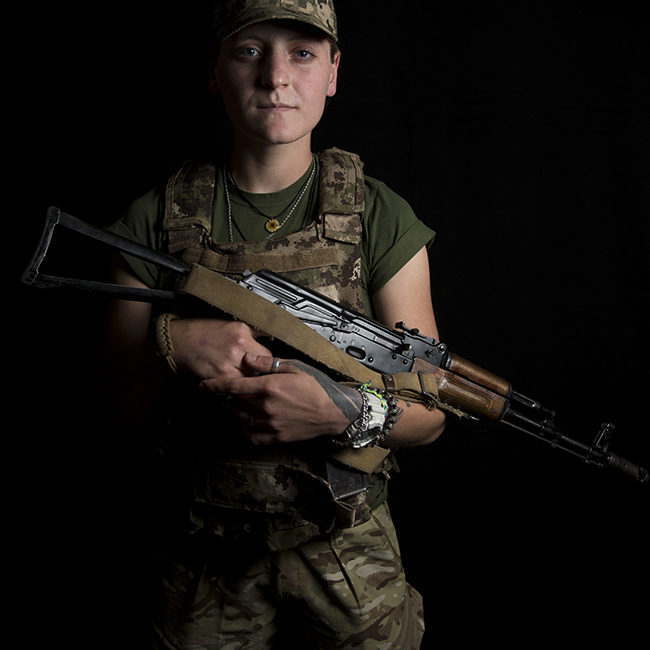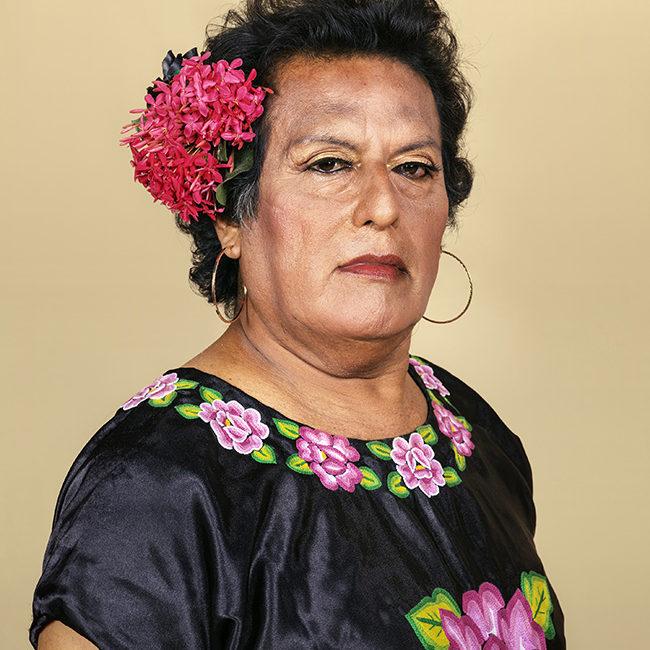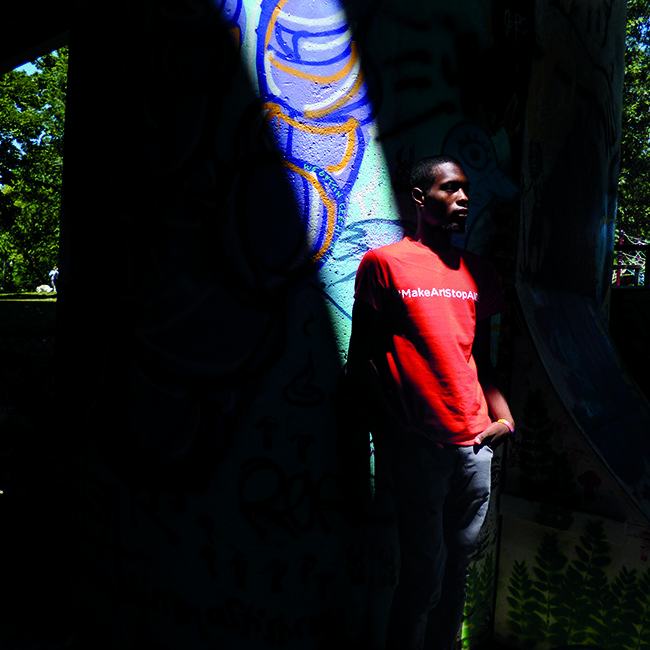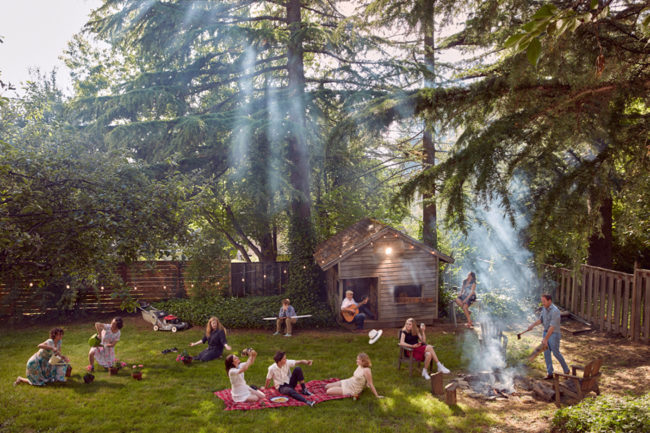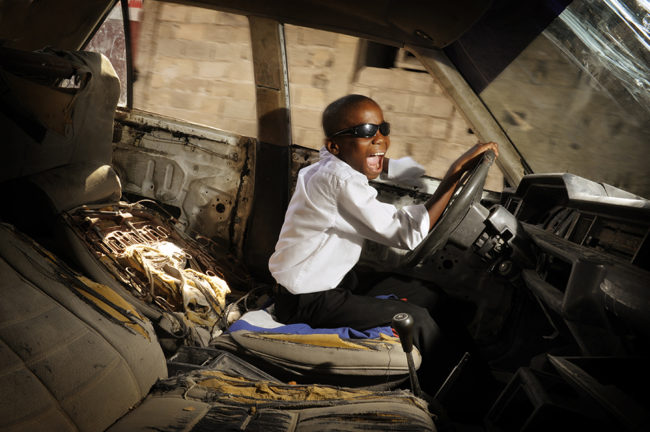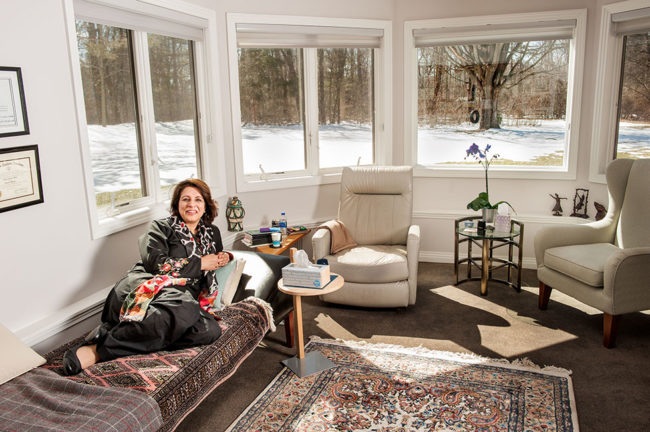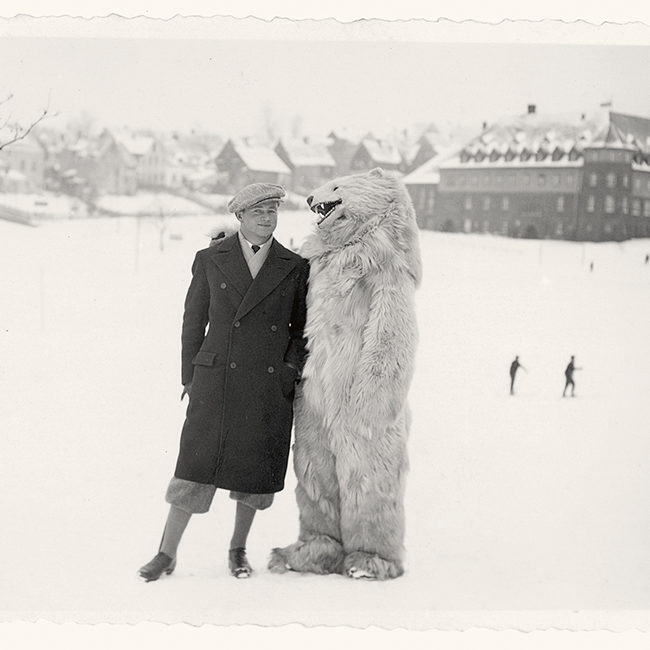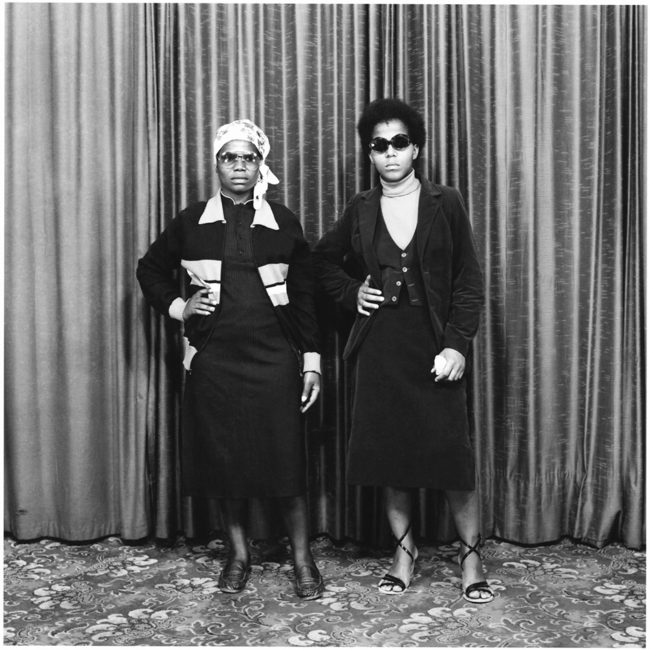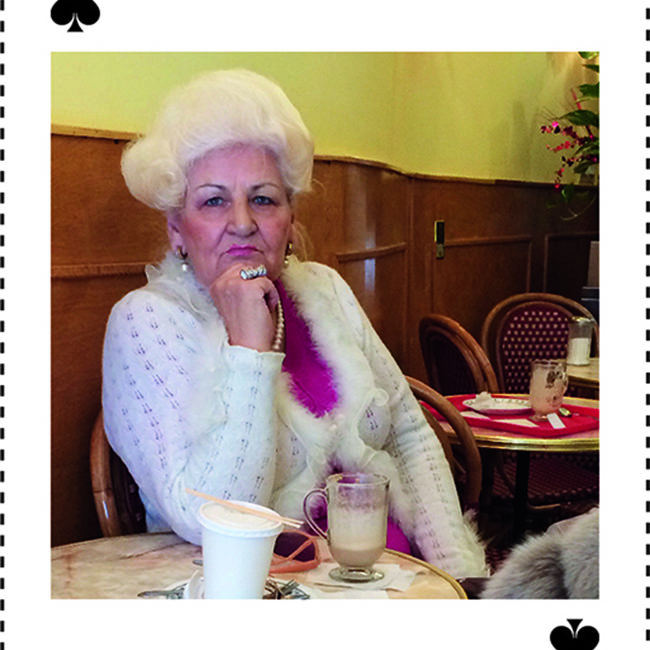John Haynes’s series “Riverside” grew out of his curiosity about his neighbors in the Somali community. As he writes about the project, “There are more Somalis living in Minnesota than anywhere else in the world, except Somalia. I always knew Somalis were here but I didn’t personally know any.” For close to a year he worked to change that, making portraits of residents of Minneapolis’s Riverside Plaza, the apartment complex that is home to a significant portion of the city’s Somali community. Bringing his experience as a commercial lifestyle photographer to the project, Haynes’s subjects look relaxed posing in their kitchens or on their balconies, framed by the building’s Brutalist architecture. The intimacy of the images testifies to Haynes’s success connecting with people in the community. As he writes, “I didn’t want to let a huge population of fellow city residents continue to be strangers to me.” He tells PDN about the project in an email interview.
PDN: How did you go about starting the project, and how did you approach your subjects? Was it difficult gaining their trust?
John Haynes: Starting this project was definitely the hardest part. I had always wanted to photograph the buildings that are featured in the series, but every attempt I made at that felt really dry. I realized I should photograph people who live there, but didn’t know any. My wife casually knew someone who works with the Somali community and she put me in touch with a guy who kind of got the ball rolling. The advice I kept getting was to basically just to be around. I started hanging out in coffee shops in the neighborhood and just starting conversations. I also joined Facebook groups where I met some people who helped me a little more actively with finding subjects.
PDN: How long were you working on the project?
J.H.: It took me about a year to make these photos. Most of that time was hanging out with people, and trying to schedule time with subjects. I would periodically leave it then return to it. Starting last summer I got really motivated as the United States started to become more vocally xenophobic.
PDN: What did you learn about the Somali community that you didn’t know before you began the project?
I was really surprised by how similar the day-to-day lives of the Somalis I met were to my own. Some of the people I met had survived really horrible circumstances, not just in Somalia but also on their way to where they are now. Despite those experiences, they were mostly worried about their jobs, hanging out with their friends, and trying to improve life for themselves and their families. That really informed my approach to these photographs. I didn’t want to show the subjects as refugees. I ended up approaching the photography the same way I would approach a commercial job. There are of course cultural differences that come through in the photos, but I didn’t want to exaggerate that or give it any special attention.
PDN: I liked how the Riverside Plaza building is such a specific part of the story — how did you approach photographing it?
J.H.: The Riverside Plaza is the subject of many urban legends in Minneapolis. Unfortunately, the Somali community is frequently subjected to xenophobia and Islamophobia. Somalis are not the only people who live in the buildings, but a lot of Minnesotans and Somalis associate the buildings with the Somali community. By photographing the buildings and visually connecting them with some of the Somalis who live there, I wanted to remove mystery and normalize both the buildings and the building’s Somali residents.
PDN: What were some of the challenges of the project?
J.H.: Pretty much all of the challenges stemmed from cultural gaps between Somalis and myself. The Riverside Plaza is used for the backdrop for pretty much any news story about Islamic Extremism in America. As a result, many Somalis were pretty weary to be photographed. I spent a lot of time just trying to convince people that I wasn’t an FBI agent. Early on in the project, one of my subjects connected me with a young Somali woman who was interested in photography. She helped me so much with translating and cultural understanding. The project probably wouldn’t have happened without her. In exchange for her help, I have been helping her learn more about photography.
PDN: What kinds of equipment do you use?
J.H.: I used a Nikon d810 and either a 50mm or 35mm for almost everything. Some of the architecture photos were made on a 28mm. All Nikon lenses. For lighting I kept it pretty simple, I used a Bolt strobe in a lot of the stuff and borrowed a Profoto B1 from a friend for a few of the portraits. There were a lot of white walls in the building so I was able to bounce off them for much of it. When I couldn’t bounce the strobe I used umbrellas.
PDN: What kind of response have you gotten to the series?
J.H.: It’s been really positive so far. I didn’t really know how to present it because professionally speaking I am a commercial photographer and I mostly work in advertising. I basically was sitting on the work for a few months. Then the election happened and I really felt like I needed to share the work. I am doing a few things to get it seen by as many people as possible, but it all started by telling my advertising clients and friends about it. I think if you make work that is important to you, people respond.
Related Stories:
Surf’s Up on Lake Superior
Muslim/American Dual Identity
Picture Story: The Mayor of Mogadishu (For PDN Subscribers; login required)
